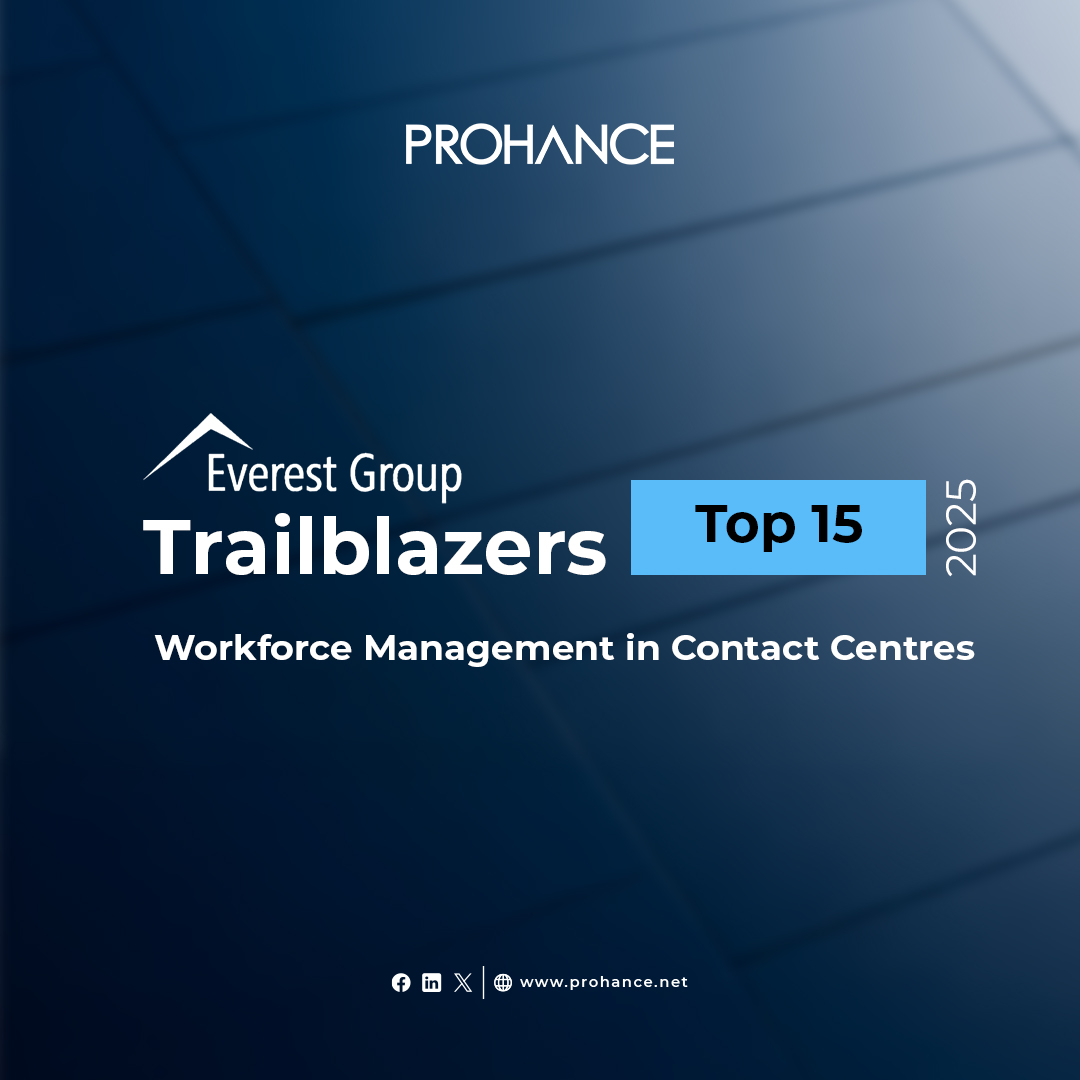What is Product Lifecycle Management, and Why Does It Matter?
Table of contents
Organizations want to remain ahead of their competition in the current business environment by making their operations more efficient, enhancing the quality of their products and reducing the time it takes them to launch a product. One primary strategy for achieving these goals is Product Lifecycle Management (PLM).
However, what is product lifecycle management, and what is its significance across industries? This blog explains the concept of PLM in detail, walks you through the process, and outlines the tools and best practices for it, as well as the importance of PLM in great detail.
What is Product Lifecycle Management?
PLM is a product strategy enabling firms to manage their products from the very first idea all the way to the design, production, sale and retirement. PLM collates people, information, processes and information systems for an organization which in turn makes the overall quest of improving quality, reducing costs and minimizing time to market feasible.
With the use of PLM tools and software, corporations are able to slowly compile a database of all their products thus making it easier for everyone to combine relevant information. This method promotes efficiency and guarantees that every party associated with the product life cycle has the right information.
The Importance of Product Lifecycle Management
PLM matters because it helps organizations benefit in a number of ways:
- Improved Collaboration
- Increased Efficiency
- Reduced Expenses
- Regulatory Compliance
- Reduced Product Time-To-Market
Improved Collaboration
PLM management software and tools connect all team members strongly so that communication barriers do not exist.
Increased Efficiency
PLM software enhances the smoothness of the operation by providing real-time data and automating repetitive activities.
Reduced Expenses
PLM eliminates a large part of the expenses as it eliminates errors and any need for rework.
Regulatory Compliance
These processes facilitate the products to comply with the standards and regulations needed for the quality of the product.
Reduced Product Time-To-Market
PLM tools balance the workflows within the company and help launch the product much sooner than the rivals.
Product Lifecycle Management Process
The product lifecycle management (PLM) process can be broken down into the following five stages:
- Concept and Design
- Development
- Manufacturing
- Distribution and Use
- Retirement
Concept and Design
In the ideation stage, marketers think about how the new product can be created and supported with the help of CAD.
Development
This phase involves the in-depth development of the product in terms of engineering, material, and cost estimations.
Manufacturing
When the products are mass-produced, the PLM tool ensures strict adherence to quality and optimization of the supply chain.
Distribution and Use
After making the product, it is passed along to the end-users and feedback is received in order to improve the product in the future.
Retirement
The last phase in the product management cycle is the disposal phase in which the product is taken out of the market and the PLM tools assist how the product can be recycled.
Product Lifecycle Management Software
SLM Systems are able to aid significantly in the overall SLM process. These tools enable teams to upload all product related information on a single platform where they can easily access it and make decisions. Some of the best product lifecycle management tools involve provision of analytics, project management and version control features.
Product Lifecycle Management Tools
Apart from comprehensive software platforms, several tools complement the PLM process:
- Computer Aided Design (CAD): Used to develop improved and more complex product designs.
- Enterprise Resource Planning (ERP): Connects product information with supply and production sectors.
- Customer Relationship Management (CRM): Records customer responses, enabling the products to be more competitive.
- Data Analytics Tools: Helps in examining the competitive environment and the products’ sales.
Why is the PLM Market Growing?
The use of PLM software is on the rise because it helps to enhance a company’s productivity and its capacity to innovate. The global product lifecycle management (PLM) market was estimated at USD 28.02 billion in 2022, and it is projected to increase at a 9.2% CAGR between 2023 and 2030, which is increasing at the speed of light.
Enhanced adoption across various sectors, such as manufacturing, healthcare, and consumer goods, is responsible for this development.
Product Lifecycle Management Best Practices
To properly implement PLM, good practices must be followed to ensure that the PLM is able to deliver maximum benefits. Some of those practices include:
- Clear Goals: Create robust yet realistic objectives that are achievable, such as improving or reducing a certain aspect of the plan.
- Proper Tools: Finding ways to improve the time to market and quality of the final product tends to rely heavily on finding stronger PLM software at the very start.
- Collaboration: Guarantee that all teams across the division collaborate with each other through the PLM platforms.
- Cost And Data Management: Without proper up-to-date data and frequent checks for errors, the organization will add a host of unintended costs.
- Training: Guarantee that everyone across the board understands and knows how to use tools designed to assist with PLM practices.
- Optimization: Revise current PLM processes and see if any further optimizations can be added to create even more efficiency across the board.
Also Read :Production and Operations Management
Conclusion
Product Lifecycle Management is not just another phrase; it’s a revolutionary method of managing the entire life of a product, from its inception to the end of its serviceable life. A product lifecycle is a complex concept, and with the proper comprehension of it, companies can deploy suitable software and tools such as ProHance. This tool enables greater teamwork among employees, provides them with better tools, and allows businesses to remain relevant in the fast-changing environment. Should best practices be followed and a clear plan be defined, PLM will become the backbone of success for companies in any sector.
Frequently Asked Question
Q1. What industries benefit most from PLM?
Automotive, aerospace, consumer electronics, healthcare, and manufacturing are some of the sectors benefiting from PLM.
Q2. How does PLM differ from ERP?
While PLM focuses on managing the product’s lifecycle, ERP (Enterprise Resource Planning) handles broader business operations like finance, inventory, and human resources. PLM and ERP often work together to provide comprehensive management.
Q3. What are the key features of the best product lifecycle management software?
Top PLM software includes features like version control, collaboration tools, workflow automation, data analytics, and integration with CAD and ERP systems.
Q4. Can small businesses benefit from PLM tools?
Definitely, PLM tools can greatly help small businesses with boosting efficiency and reducing costs when they are looking to scale their operations, which can greatly increase the quality of their products.
Q5. How do I choose the right PLM software for my organization?
While purchasing any PLM program, remember to check your industry standards, cost, expandability, and integration with present systems.
Q6. Is PLM suitable for digital products?
Absolutely. PLM can control digital items, such as software and even services, by structuring the workflow, tracking changes, and making deliveries when they are due.






